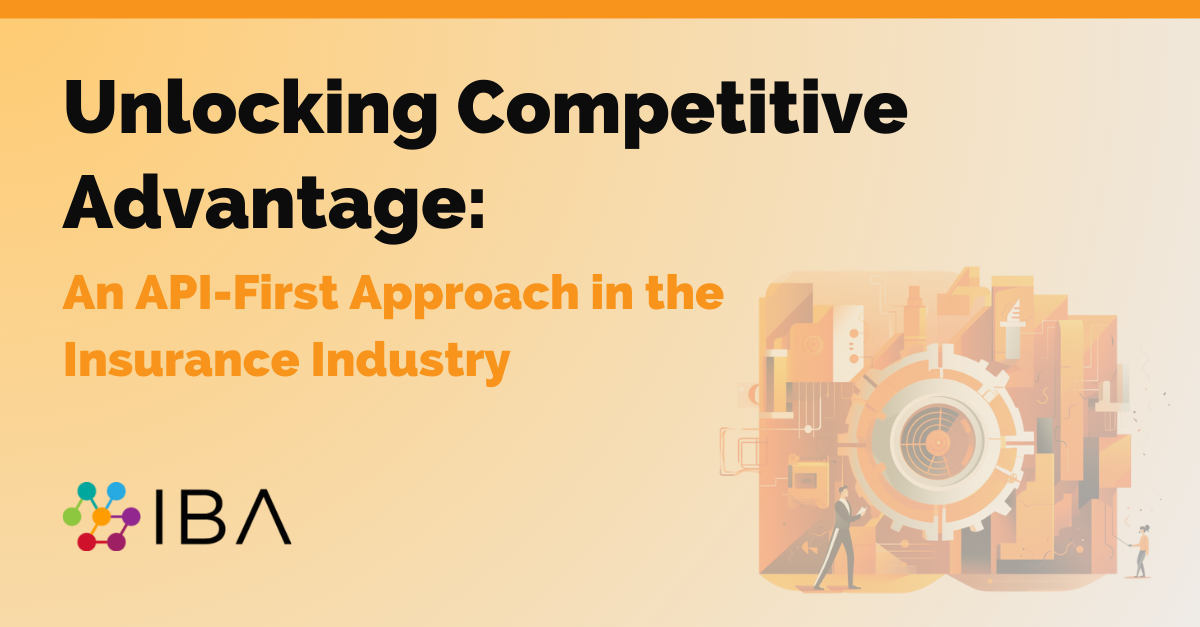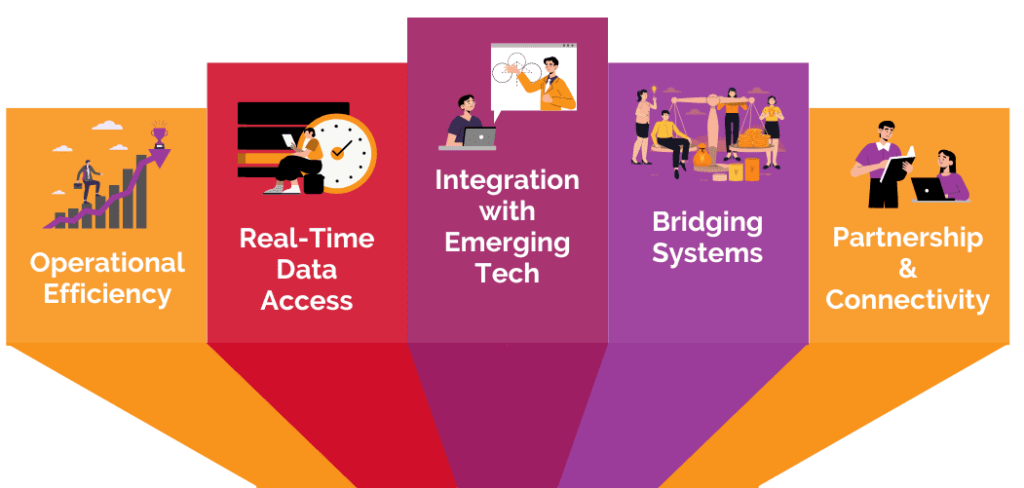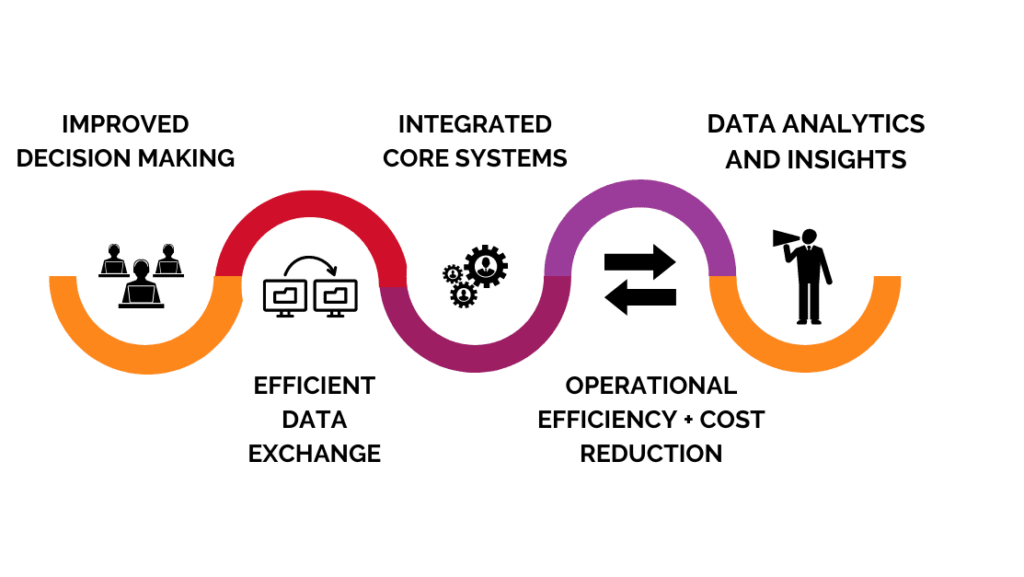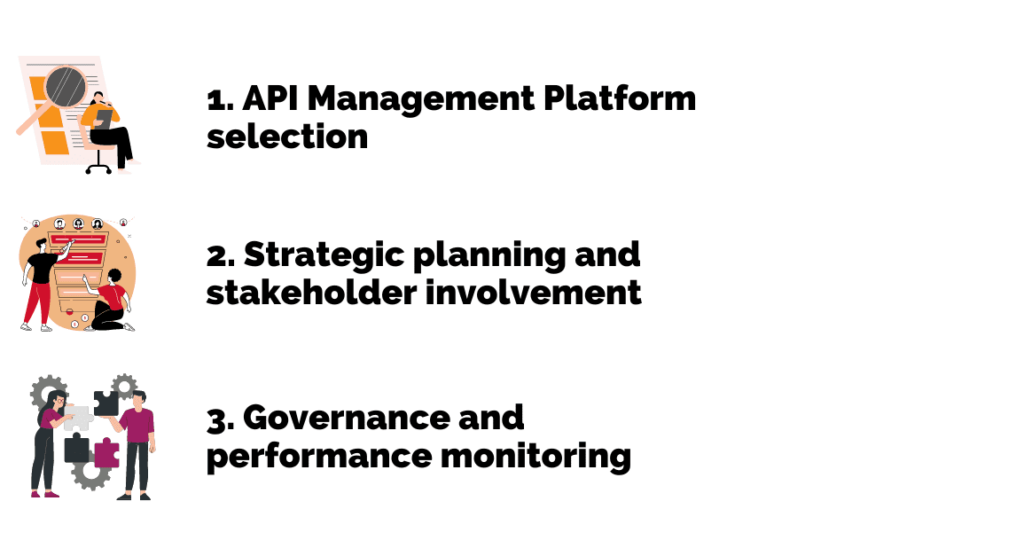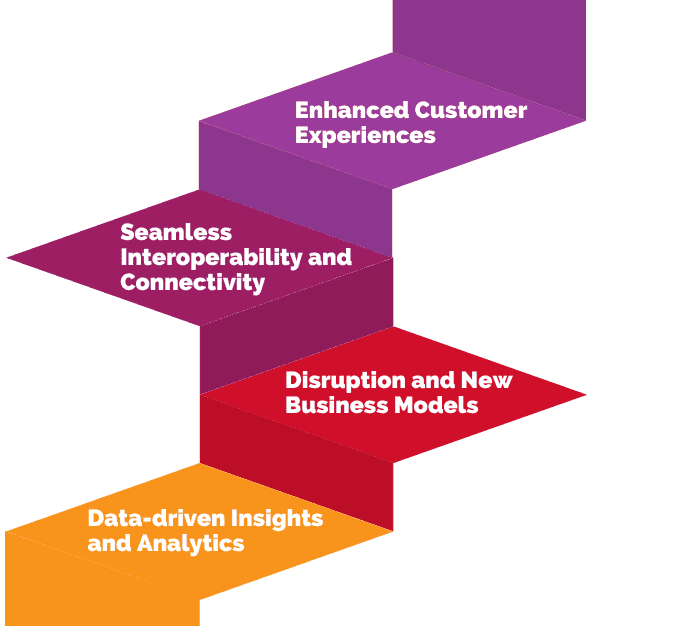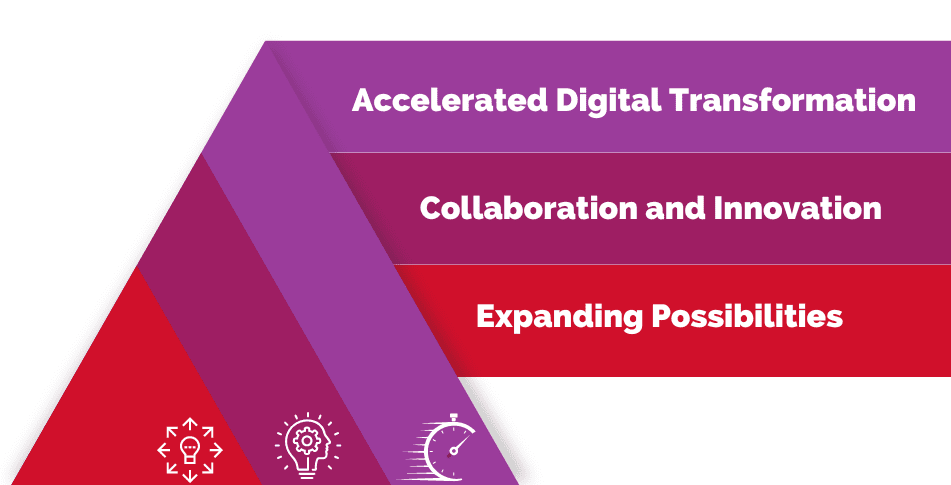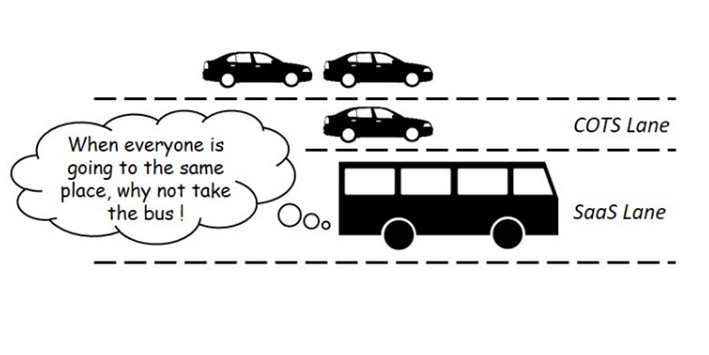The property and casualty (P&C) insurance industry offers a numerous amount of opportunities and challenges for P&C insurers as it undergoes a transformative phase, impacting insurers, reinsurers, brokers, and MGAs alike. From established players to greenfield ventures and InsurTech startups, the evolving dynamics present a host of growth opportunities for those willing to seize them.
Telematics, the gig economy, big data, digital communications platforms, and intensified competition have triggered a shift, resulting in fundamental changes to consumer behaviours and expectations. P&C insurers must be prepared to meet these evolving needs by leveraging technology and implementing a comprehensive customer strategy.
However, this task is far from simple. The “Amazon effect” has raised the bar for customer experiences across all industries. Consumers expect exceptional quality from every interaction in their digital lives, including those with their insurance provider. At the same time, needs have evolved. Young adults are delaying home purchases and using cars less. Consumers seek more personalised insurance products and services that better align with their contemporary lifestyles, and they’re willing to explore unconventional methods to fulfill such requirements. But with crisis comes opportunity for P&C insurers.
There are five significant areas reshaping the P&C landscape, opening up untapped potential for P&C insurers:
1. Emerging and evolving risk scenarios
Business clients are encountering new and unknown risks, driven by shifting digital business models, cyber threats, and the integration of IoT and artificial intelligence. Global warming further expand risks while the pandemic has accelerated the need for P&C insurers to adapt rapidly to evolving businesses’ demands. However, this creates an opportunity for P&C insurers to develop innovative products by leveraging insurtech solutions and personalising coverage. Insurtech tools also help insurers better assess and mitigate risks related to disruptive environmental patterns.
2. Increasing competition
The growth of Managing General Agents (MGAs) and program business, along with reinsurers entering the market with new products, has led to stronger rivalries. Non-traditional players, such as automotive, retail, and product manufacturers, are venturing into the insurance world, further heightening competition. The World InsurTech Report 2021 revealed that over 50% of customers are open to purchasing coverage from non-traditional players. Still, insurtech solutions enable P&C insurers to enhance their competitiveness by improving operational efficiency and streamlining processes. This way, insurers can differentiate themselves from competitors, attract new customers, and retain existing ones.
3. Expanding customer expectations
Policyholders now seek comprehensive protection and conduct independent research to explore available options and providers. They expect digital access to their risk products and value-added services, that are accessible on the go, providing convenience and peace of mind 24/7. These changing expectations necessitate P&C insurers to expand and reassess old paradigms but insurtech offers the solution, enabling digital access for convenience and accessibility.
4. Technological advancements
Insurtech solutions offer a plethora of technological advancements for P&C insurers. Artificial intelligence, machine learning, and data analytics streamline processes, improve underwriting accuracy, and efficient claims handling. Automation also minimises administrative burdens and enhances operational efficiency. By harnessing insurtech tools, insurers can deliver more personalised offerings, timely recommendations, and responsive customer service to enhance overall customer experiences.
5. Regulatory and compliance challenges
As P&C insurers embrace insurtech, they must navigate complex regulatory frameworks. While navigating this may pose challenges, it also presents an opportunity for P&C insurers to strengthen their compliance practices and data security measures. Embracing robust insurtech solutions, insurers can implement sophisticated data privacy and cybersecurity protocols, ensuring the protection of customer information. Compliance-focused insurtech tools help build trust with customers and regulators, positioning insurers as reliable and responsible partners.
Embracing insurtech solutions presents P&C insurers with tremendous opportunities, including improved risk assessment, expanded product offerings, and enhanced customer experiences.
However, several challenges must first be addressed:
Legacy Systems Integration:
Integrating new insurtech solutions with existing legacy systems can be intricate and time-consuming. Compatibility issues, data migration challenges, and system upgrades often arise. Overcoming these hurdles requires careful planning and collaboration with technology providers.
Talent and Skill Gap:
Embracing insurtech demands a skilled workforce capable of harnessing the potential of new technologies. P&C insurers must invest in training programs and foster a culture of innovation to bridge the talent and skill gap and attract tech-savvy employees.
Change Management:
Adopting insurtech solutions necessitates a significant organisational shift. P&C insurers must navigate change management processes, ensuring proper communication, stakeholder buy-in, and the alignment of business goals with technology implementation.
In conclusion, the P&C insurance industry is ripe with opportunity for those willing to embrace insurtech solutions. Technological advancements can be hard to keep up with, but they can help address serious challenges, especially when it comes to differentiating from competitors and adapting to market dynamics. The journey towards insurtech adoption may be complex, but the rewards are substantial, positioning insurers at the forefront of innovation and success.

